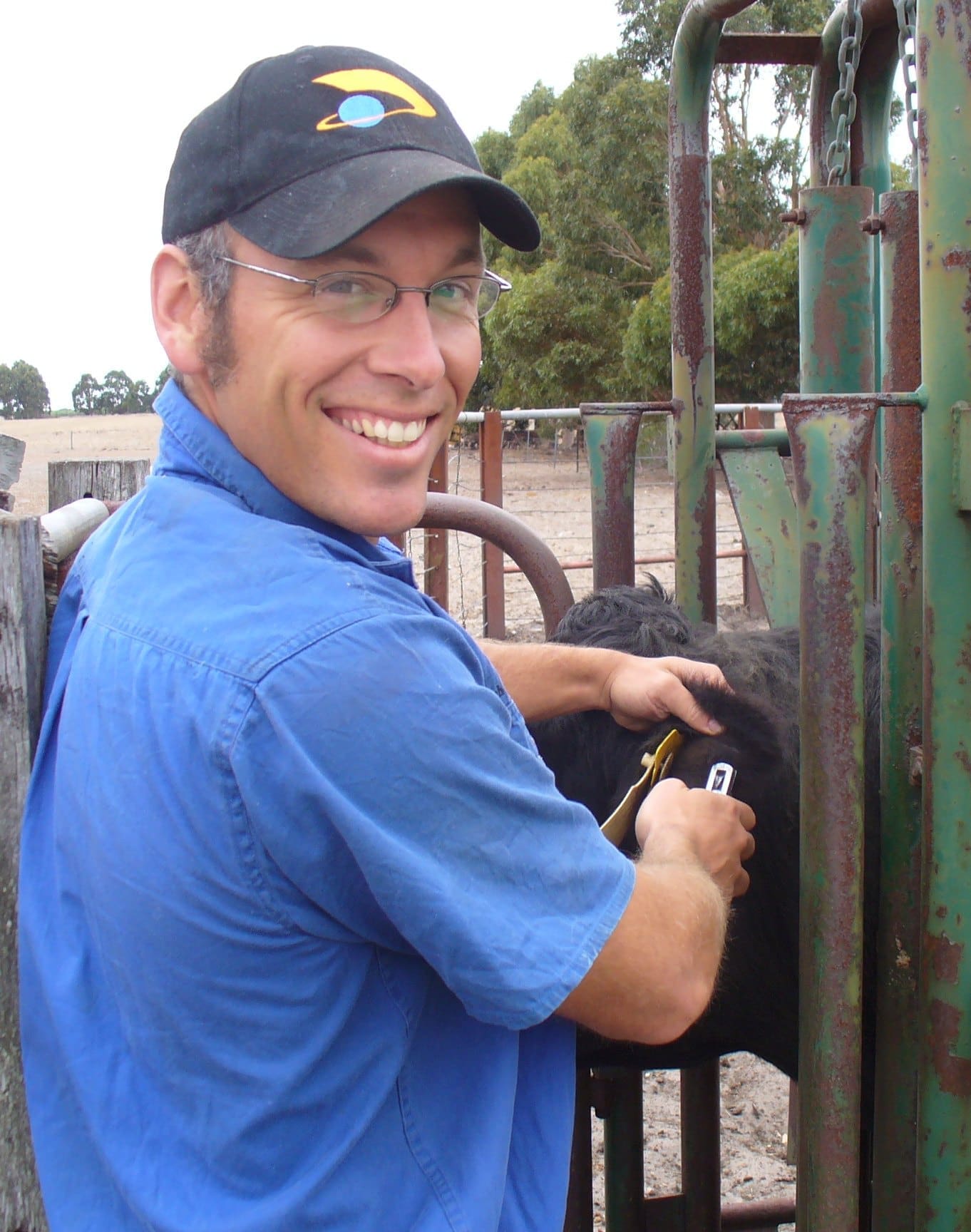President of the Australian Cattle Veterinarians Association, Dr Enoch Bergman offers a counter-point to recent comments about layman pregnancy testing and its impact on the live export industry
IN RESPONSE to the article by Bim Struss, Agforce cattle president, I’d like to counter that neither the live export industry’s interests nor the interests of commercial cattlemen will be well served by proposing to change the regulations in Queensland in relation to cattle pregnancy diagnosis.
The Australian Veterinary Association (AVA) is concerned about the welfare of exported cattle being exported overseas as well as the obvious risks to the sustainability of the industry if the current legislation is modified to allow pregnancy diagnosis to be carried out by non-vets on a fee for service basis in Queensland.
Based on what we’ve seen in Western Australia and the Northern Territory, we believe lay operator accreditation schemes don’t work well at all, and are of very little tangible benefit to producers, exporters, or the consumers of our products.
There are more than 100 non veterinarian lay operators working in the Northern Territory. The West Australian situation is markedly different, wherein lay operators are required to work under the direction of a licensed veterinarian that the state veterinary surgeon’s board has deemed acceptable. Only a half dozen lay operators work in WA.
‘Re-testing’ for pregnancy represents considerable waste
The NT pregnancy diagnosis scheme, on which the WA scheme is predicated, allows someone who is not a veterinarian to gain accreditation by simply diagnosing the pregnancy status of ten animals correctly after a short training program lasting less than half of a week.
We believe this is indefensible in ensuring the accuracy of the test result – a result on which a significant number of producers and our industry could well depend.
A number of exporters have been requesting that significant numbers of animals in both states are preg tested again at export facilities in instances wherein they have had concerns regarding the accuracy of the accredited preg tester that had certified them as empty.
Pregnancy diagnosis does carry some risk of harm or even death if not performed correctly, especially in regard to the use of rigid ultrasounds in poor facilities. A number of lay persons utilize ultrasounds for export work, even though ultrasounds have been well documented within Australia to have poorer sensitivity than skilled manual palpation, resulting in a higher proportion of missed pregnancies.
Missed pregnancies could put the industry under serious negative scrutiny when pregnant cattle are mistakenly exported, or worse calve on boats. This amounts to not only a significant animal welfare issue, but also a risk to the credibility of our industry in the eyes of our trading partners.
It is possible that we will one day suffer a major issue resulting from pregnant cattle being sent to a sensitive market, potentially resulting in a major disruption to trade.
Scenarios such as the situation when pregnant cattle mistakenly left Australia for Mauritius in late 2012, have the potential to result in a major disruption of trade, especially if our schemes are found to be inconsistent or inappropriate.
The case for a strong, well resourced veterinary sector
The Australian Cattle Veterinarians is a Special Interest Group (SIG) of the AVA. One of the largest SIG’s it is comprised of over 1100 passionate veterinarians dedicated to serving Australia’s diverse cattle industries.
The ethic of our members is to improve the profitability of the producers we serve, without sacrificing animal welfare outcomes. Cattle producers benefit directly from many of our veterinary interventions. More importantly, the entire industry, the consumers of the beef and dairy products they produce, and the export industry, benefit immensely, from our indirect surveillance. Vets actively surveil for and manage diseases that can affect our consumers, or our ability to export live or processed product.
Rural veterinary services are underpinned by “routine veterinary procedures” such as pregnancy diagnosis. The Frawley report had reported a shortage of access to veterinary services in rural areas over a decade ago. The veterinary industry responded by creating three new veterinary educational facilities, with greater focus on generating keen young veterinarians wishing to practice within the rural sector, and nearly doubling the number of veterinarians graduating annually in Australia.
Producers are on the cusp of enjoying the benefits of greater access and engagement with an army of keen young vets hoping to dedicate the balance of their adult lives to serving rural livestock and those that rear them. This equates to better welfare outcomes, better surveillance for disease, faster and more relevant response to emergency disease situations, and safer agricultural products. It also means greater access to a reliable and relevant vet when producers are in need of one!
The Australian Cattle Vets are actively involved in addressing the challenges faced by the live export industry. We believe that any initiatives to reduce veterinary input will further compromise welfare and competency standards, complicating the challenges we and the export industry face.
This argument is not about addressing concerns that the veterinary industry is unsustainably expensive, it is driven by a goal of simplifying the process of getting female cattle on boats. Simplifying the process should not compromise the credibility of our industry.
The export industry is critical to improving human welfare outcomes overseas, in ensuring the sustainability of the Australian beef industry, in employing tens of thousands of Australians, and whilst we are engaged, we can maximize welfare outcomes. Strong animal welfare and biosecurity credentials will ultimately stand the industry in good stead and vets are crucial partners with industry in achieving these credentials. Honestly, I believe and sleep better at night believing that the veterinary industry is a guardian and friend to the Australian beef industry. We are here to help.

